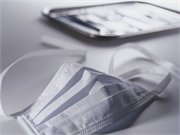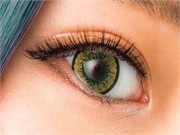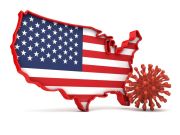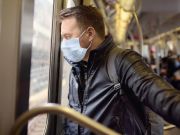
Here’s more proof that masking up reduces transmission of COVID-19: A new Massachusetts study found that wearing face coverings resulted in a decrease in coronavirus cases among health care workers as infections were increasing in the surrounding community. “We found clear benefits to universal masking for preventing infectious spread within the work environment,” researcher Dr.… read on >























-300x200.jpeg)






